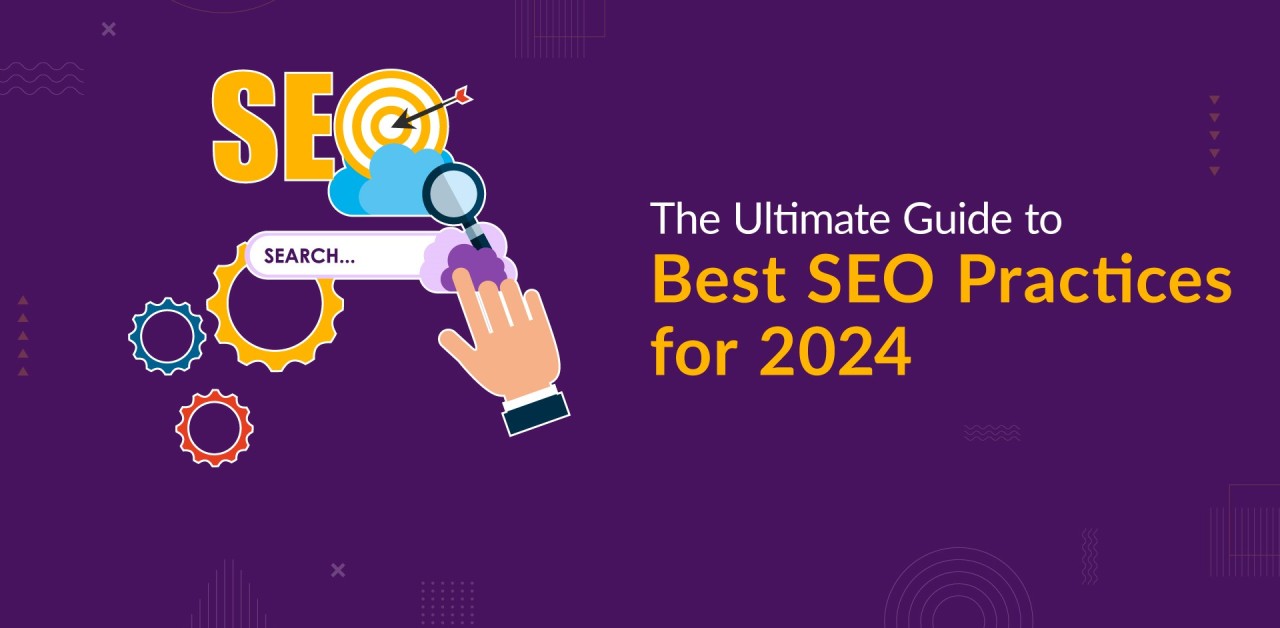1. Introduction to SEO: Key Sections You Need to Know

Introduction to SEO: Key Sections You Need to Know
Search Engine Optimization (SEO) is a powerful digital marketing strategy that enhances your website’s visibility on search engines like Google. Understanding SEO is crucial for anyone looking to improve their website’s performance, attract more organic traffic, and boost their online presence. In this introduction, we’ll explore the key sections of SEO that you need to master to build a strong foundation.
1. What is SEO?
SEO stands for Search Engine Optimization. It is the process of optimizing your website to rank higher on search engine results pages (SERPs). This involves making various adjustments to your website’s design, content, and structure to make it more appealing to search engines. SEO’s ultimate goal is to increase the amount of organic (non-paid) traffic to your website by ensuring it appears in relevant searches.
2. Why is SEO Important?
SEO is crucial for several reasons:
- Increased Visibility: Higher rankings in search results mean more visibility for your website.
- Improved Credibility and Trust: Websites that rank higher are often perceived as more credible and trustworthy.
- Better User Experience: SEO involves optimizing your site’s usability, making it more enjoyable for visitors.
- Cost-Effective Strategy: SEO provides long-term results without the continuous cost of paid advertising.
- Higher ROI: Effective SEO strategies lead to increased conversions and a better return on investment.
3. Key Components of SEO
SEO is a multi-faceted discipline that includes three main components:
a. On-Page SEO
On-Page SEO refers to optimizing the content and HTML source code of individual web pages. It includes:
- Keyword Research: Identifying relevant keywords that your target audience is searching for.
- Content Quality: Creating valuable, relevant, and engaging content that meets user intent.
- Meta Tags: Optimizing meta titles, descriptions, and headers to improve click-through rates.
- Internal Linking: Enhancing site structure by linking to relevant pages within your website.
- Image Optimization: Using descriptive file names and alt texts for images to enhance visibility in image search results.
b. Off-Page SEO
Off-Page SEO involves activities outside your website that influence its rankings. These activities help build your website’s reputation and authority. Key aspects include:
- Backlinks: Acquiring high-quality links from reputable websites to signal authority and relevance to search engines.
- Social Media Engagement: Building a strong social media presence to drive traffic and engagement.
- Guest Blogging: Writing articles for other websites to build backlinks and increase visibility.
c. Technical SEO
Technical SEO focuses on the backend of your website to ensure it is easy for search engines to crawl and index. This includes:
- Site Speed: Optimizing website loading speeds to improve user experience.
- Mobile-Friendliness: Ensuring your site is responsive and performs well on mobile devices.
- XML Sitemaps: Creating and submitting sitemaps to help search engines find and index your content.
- HTTPS and Security: Securing your site with HTTPS to protect user data and improve search engine rankings.
4. Understanding SEO Metrics
To measure the effectiveness of your SEO efforts, it’s essential to track key metrics:
- Organic Traffic: The number of visitors coming to your site through search engines.
- Keyword Rankings: Your website’s position for targeted keywords in search results.
- Click-Through Rate (CTR): The percentage of users who click on your link in search results.
- Bounce Rate: The percentage of visitors who leave your site after viewing only one page.
- Conversion Rate: The percentage of visitors who complete a desired action, such as making a purchase or signing up for a newsletter.
5. SEO Best Practices
To succeed in SEO, it’s important to follow best practices:
- Create High-Quality Content: Focus on creating content that is valuable, informative, and engaging.
- Use Keywords Strategically: Include relevant keywords naturally in your content, titles, meta descriptions, and headers.
- Optimize for Mobile: Ensure your site is mobile-friendly and provides a seamless experience across all devices.
- Improve Site Speed: Minimize page load times by optimizing images, reducing code, and leveraging browser caching.
- Build Quality Backlinks: Focus on earning backlinks from authoritative sites in your industry.
6. Common SEO Mistakes to Avoid
While SEO can significantly improve your website’s performance, common mistakes can hinder your progress:
- Keyword Stuffing: Overusing keywords unnaturally in your content can lead to search engine penalties.
- Ignoring Mobile Optimization: Failing to optimize your site for mobile users can result in lost traffic.
- Poor Content Quality: Low-quality content that doesn’t provide value can hurt your rankings.
- Neglecting Technical SEO: Ignoring technical aspects like site speed and security can negatively impact your rankings.
- Not Updating Content Regularly: Stale content can lose its relevance and fail to attract traffic over time.
7. The Future of SEO
SEO is constantly evolving. As search engines become more sophisticated, SEO strategies must adapt to new algorithms, user behaviors, and technologies. Key trends to watch include:
- Voice Search Optimization: With the rise of voice-activated devices, optimizing for voice search is becoming increasingly important.
- Artificial Intelligence (AI): AI is playing a larger role in search engine algorithms, requiring more nuanced optimization strategies.
- Video and Visual Content: As visual content becomes more popular, optimizing videos and images is critical for maintaining visibility.
- Local SEO: As more users search for local businesses online, optimizing for local search is becoming essential.
Conclusion
SEO is a dynamic and essential component of digital marketing. By understanding its key sections—on-page, off-page, and technical SEO—and following best practices, you can improve your website’s visibility, attract more organic traffic, and achieve long-term success. As you embark on your SEO journey, remember that it’s an ongoing process that requires continuous learning and adaptation. Stay informed about the latest trends and techniques, and you will see the benefits of a well-optimized website over time.
Start implementing these SEO fundamentals today to enhance your website’s performance and visibility in the digital landscape!